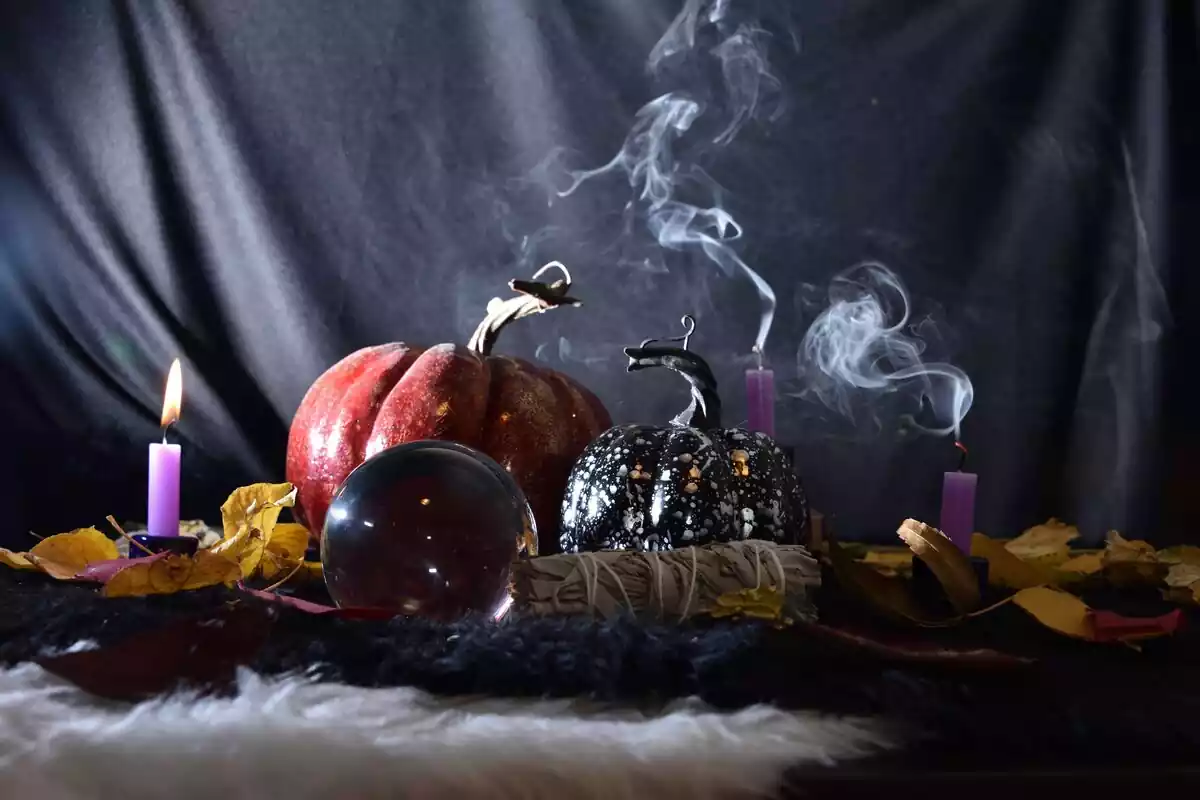Some examples of Pagan Sabbats are Yule, Mabon, Ostara, Samhain, Imbolg, Lughnasadh, Beltane, and Mid-Summer...
How can a Christian observe Pagan sabbats? This answer is very simple. You already are doing this, if you celebrate any of the holidays. Many if not most of the holidays and Saints' days in Christianity, especially in the United States, derive from Pagan (or pre-Christian) holy days.
Pagan holidays are the origin of most Christian celebrations
The Roman Catholic Church Christianized the Pagan holiday of Yule into Christmas, as it is the time for all Young Gods to be born according to thousands of years of Pagan traditions. Mabon is Thanksgiving. Ostara is Easter. Samhain is Halloween. Imbolg is Candlemas or Groundhog's Day. Beltane is May Day and is a time for many spring celebrations with the dance of the May Pole and the crowning of the May Queen.
Midsummer, the lesser sabbat of the summer equinox, seemed to need an association of some kind, so the Catholic Church re-associated this observance as John the Baptist Day. The date of Christmas was the celebration of the return of the sun ("the light of the world") and the birth of the Solar God, the "sun god" which was parleyed into the Son of God by the Organized Church.

In almost every ancient religion, the young God was born at the winter solstice, and Christianity is no exception. While, it was widely recognized that Jesus might have been born in the late summer and recent re-evaluations point to early April, the Roman Catholic Church chose to continue the Pagan Young God birth cycle as a winter holiday.
Easter, once known as Ostara, is the time for procreation. Therefore, gifts of rabbits and hunting eggs continued to be a very common celebration. Ostara, the Spring or Vernal Equinox, which was a symbol of fertility as well as the origin of the Easter Bunny (a highly procreative species) in hopes of bringing bountiful crops. In all actuality, the Hebrew celebration of Passover began as a fertility festival as well.

